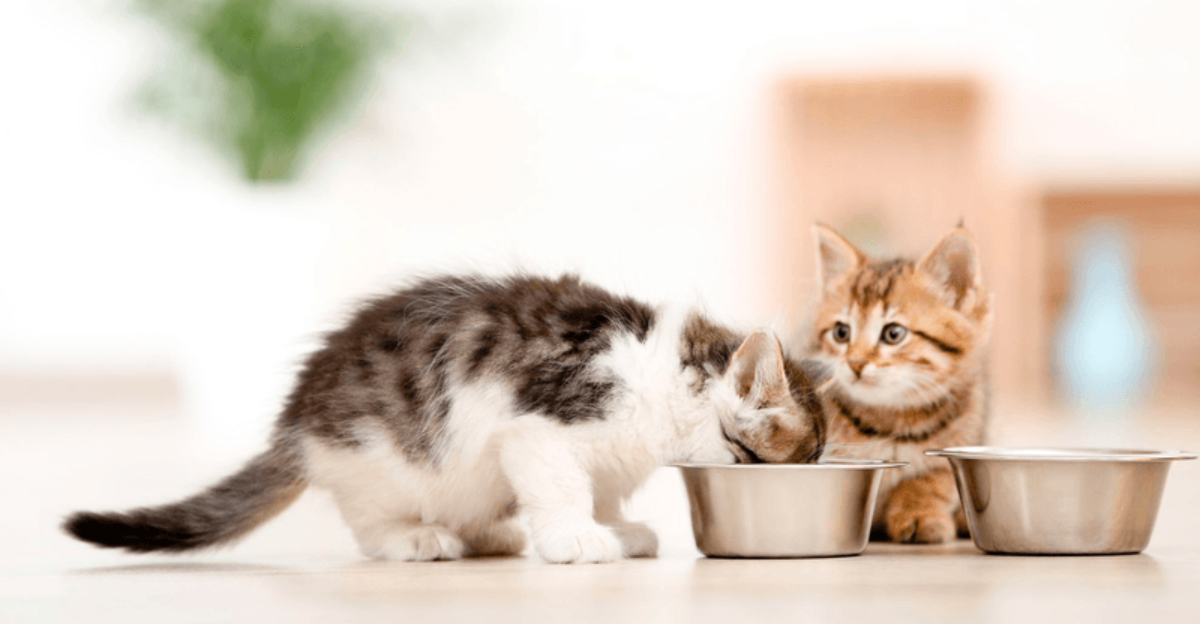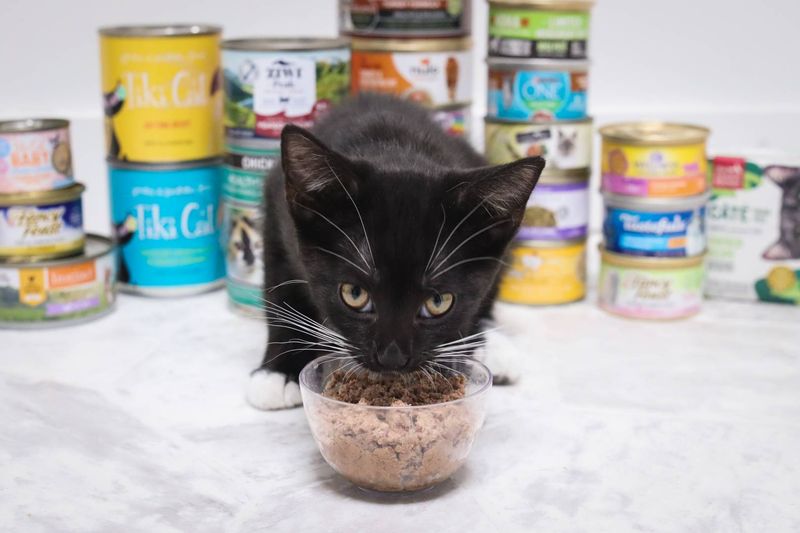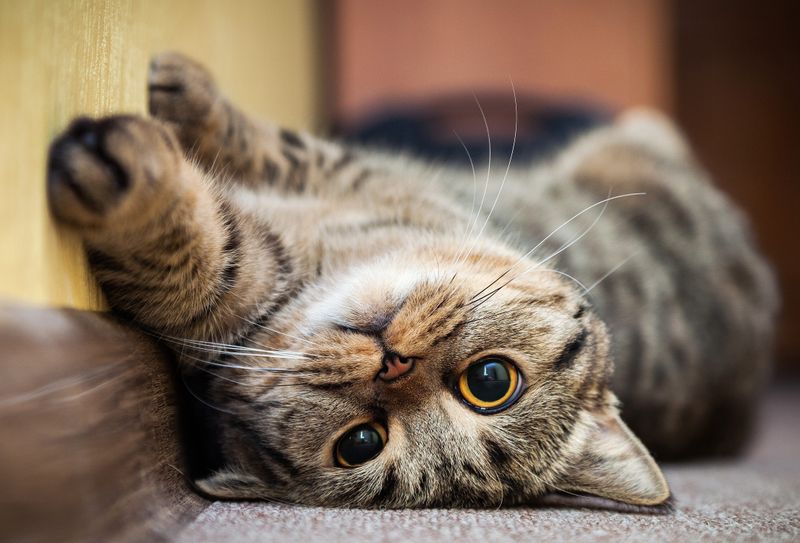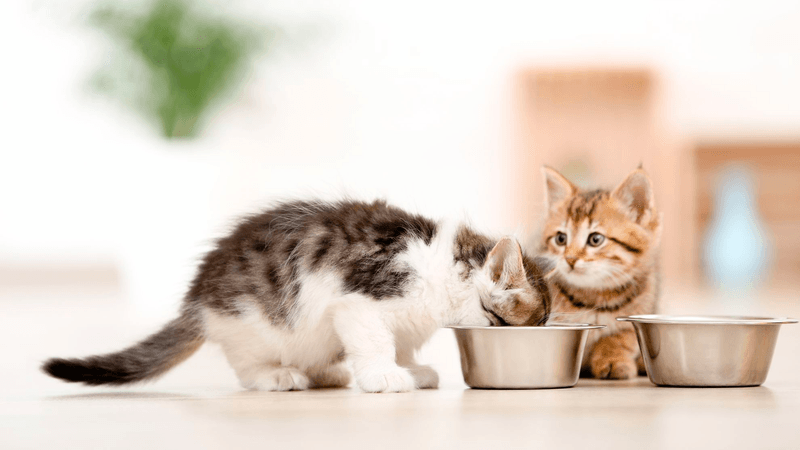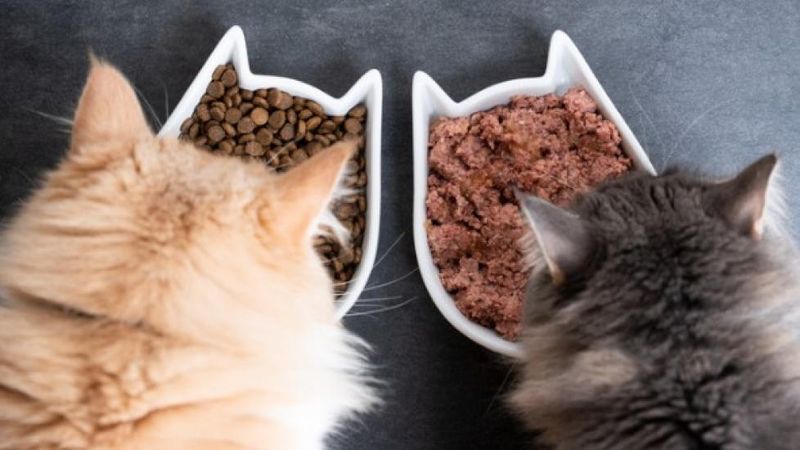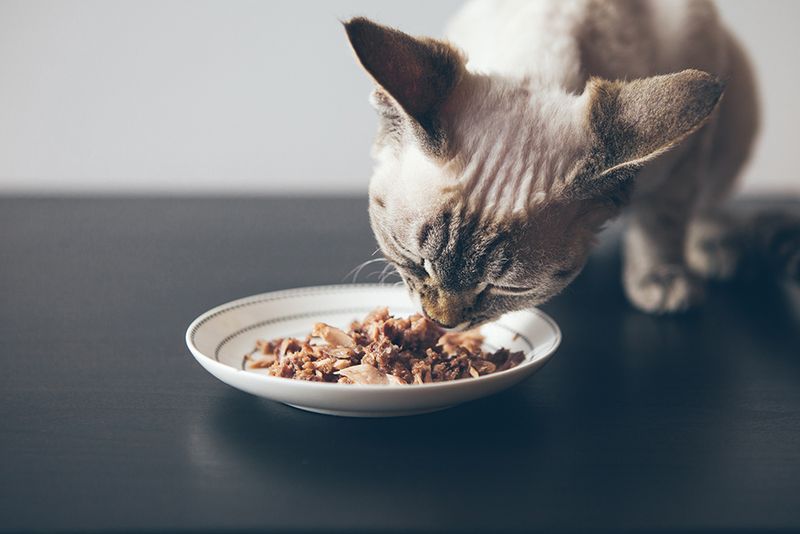📖 Table of Content:
Your kitten is growing fast—but when is it time to make the switch to adult cat food? Knowing the right moment to transition your kitten’s diet is essential for supporting their long-term health and development. In this informative guide, we explain the key signs that your kitten is ready for adult food, the differences between kitten and adult formulas, and how to make the transition smoothly and safely.
General Timeline for Transition
At around 12 months, most kittens are ready to make the dietary leap to adult cat food. This timeline, however, can vary depending on breed and individual growth patterns. Generally, smaller breeds mature faster, while larger breeds may take longer. It’s crucial to monitor your kitten’s physical development and consult with a veterinarian to tailor the transition to their specific needs. Did you know that some cat breeds, like the Maine Coon, continue to grow for up to 18 months? This protracted growth means they might need kitten food longer than their smaller counterparts.
Signs Your Kitten Is Ready
How do you know when your kitten is ready for adult food? A noticeable slowdown in growth and decreased appetite are key indicators. As kittens grow, their nutritional needs change. If your kitten is less ravenous or has reached a growth plateau, it’s likely time to consider adult food. A vet check-up can confirm if it’s the right moment. Did you know that kittens can double their body weight in just a few weeks? This rapid growth phase eventually tapers off, signaling their readiness for a nutritional shift.
The Art of Gradual Transition
Switching your kitten’s diet isn’t an overnight task; it’s a carefully orchestrated process. Over 7-10 days, gradually mix adult cat food into their current diet. Start with a small percentage of adult food and increase it each day. This gentle transition helps prevent digestive upset and allows your kitten to adjust to new flavors and textures. Veterinarians recommend this method for a smooth dietary change. Patience is key, as rushing can lead to tummy troubles. The art of a gradual transition ensures your feline friend adapts comfortably to their new meal plan.
Choosing the Right Adult Food
Selecting the perfect adult cat food requires attention to detail. Look for food with balanced nutrients tailored for adult cats, featuring high-quality, animal-based proteins. The switch from kitten to adult food involves lower caloric needs and adjusted nutrients. Check labels for compliance with AAFCO standards for adult maintenance. A fun fact: despite their carnivorous nature, cats require specific vitamins and minerals that can only be found in animal-based ingredients. Choosing the right food supports your cat’s health and keeps them active and content.
Monitoring During the Transition
Vigilance during the food transition phase is essential. Watch for signs of digestive upset such as vomiting or diarrhea. If your kitten shows any adverse reactions, slow down the transition or consult a veterinarian. Maintaining a close eye on your kitten’s health ensures any issues are promptly addressed. Did you know? Some kittens are more sensitive to dietary changes than others. Being observant helps in managing their comfort and health effectively. The well-being of your feline friend during this phase is paramount, ensuring a smooth and successful transition.
